India and Japan: New 'Asian alliance' to deal with China challenge?
Academic Rishi Gupta gives an overview of the outcomes of Japanese Prime Minister Fumio Kishida's recent visit to India and the implications for Japan-India relations.
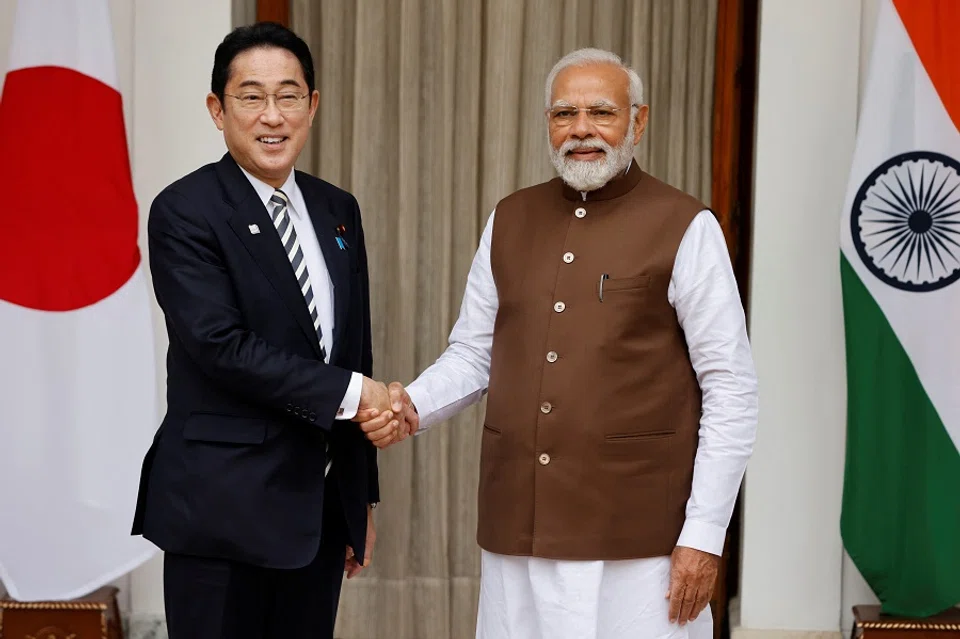
Japanese Prime Minister Fumio Kishida visited India on 20-21 March as part of an annual summit between Japan and India. The meeting between Kishida and Indian Prime Minister Narendra Modi reaffirmed their commitments to strengthening cooperation under the India-Japan Special Strategic and Global Partnership to promote peace, prosperity and stability in the Indo-Pacific region.
Kishida is seen as an old friend of India's who has visited India several times during the tenure of former Japanese Prime Minister Shinzo Abe. Kishida has also played a key role in the unprecedented setting up and implementation of the India-Japan Special Strategic and Global Partnership in the last ten years.
In addition to bilateral engagements, there were two important highlights of Kishida's visit: first, committing to bridging the gap between the global south and developed north; and second, initiating development cooperation in the South Asian region.
...the two countries have found a common goal in safeguarding their interests in addressing the common threats looming large from Beijing.
Bilateral cooperation on security and investments
Today, India and Japan have active defence cooperation. Since the second Japan-India Foreign Ministers' and Defence Ministers' Meeting ("2+2") held in September last year, including the first-ever Japan-India joint fighter exercise, the two countries have found a common goal in safeguarding their interests in addressing the common threats looming large from Beijing.
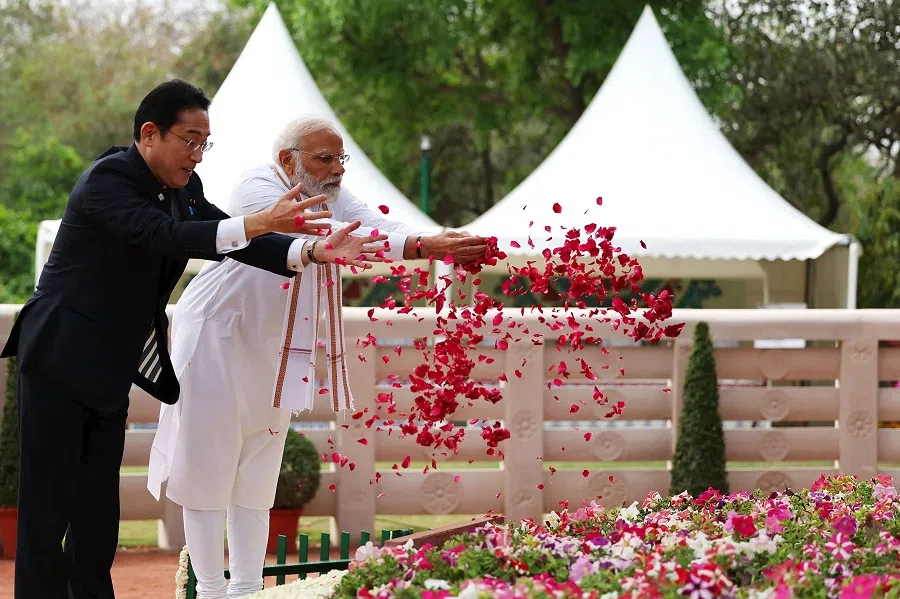
On the investment front, there is a 5 trillion yen target of public and private investment and financing from Japan to India in the next five years. This goal was set during the last visit of Prime Minister Kishida precisely a year back.
Notably, Japan is one of India's largest foreign direct investors and has been a leading infrastructure developer, especially in the connectivity and transportation sector. For instance, Japan extended a 300 billion yen loan to India to construct a high-speed railway network, and has promised to extend other such loans and investments as India expands its high-speed railway network in the coming years.
What makes India's presidency of G20 and Japan's presidency of G7 more critical is the rising role of the two Asian powers sharing global norms of democracy and responsibility.
G7, G20 and the global south
India and Japan are poised to play an important role in facilitating the dialogue between the global north and the global south. India is the current chair of the G20, and Japan chairs the G7. Their respective roles are even more significant with the two countries sharing a common vision on poverty alleviation, climate change and commitment to net zero emissions, health and global peace. During his visit to New Delhi, Kishida extended an invitation to Modi to attend the 7th Summit of the G7 leaders to be held in Hiroshima in May.
What makes India's presidency of G20 and Japan's presidency of G7 more critical is the rising role of the two Asian powers sharing global norms of democracy and responsibility.

The global south is currently struggling with problems like climate change, hunger and malnutrition. And if India and Japan establish a cooperation platform, the gap between rich and poor countries can potentially be narrowed. However, setting up an active mechanism for the global south requires mobilising a new funding mechanism for which Japan and India should catalyse discussions in the G7 and G20 summits respectively.
Even then, in view of the changing power balance in Asia, and with China's global aspirations going out of step with the path of peace and coexistence, the rest of Asia has a long way to go to deal with human security issues.
Despite India continuing to purchase oil from Russia and maintaining a strategic silence on the Ukraine issue, Japan has not made this an issue in its bilateral ties with India...
The Ukraine dilemma for Delhi and Tokyo
During the G7 summit in May, some strong voices in the developed world are expected to voice concerns about Russian aggression against Ukraine, but India's presence will be crucial, considering that it has abstained from voting against Russia at the UN Security Council, Human Rights Council and the General Assembly.
Despite India continuing to purchase oil from Russia and maintaining a strategic silence on the Ukraine issue, Japan has not made this an issue in its bilateral ties with India, although India's strategic neutrality on the Ukraine issue has seen strong reactions from the West and the US. Given India's dependence on Russia for defence equipment and petroleum needs, India wants "no fuss over its legitimate oil imports from Russia" - a view China endorses, surprisingly.
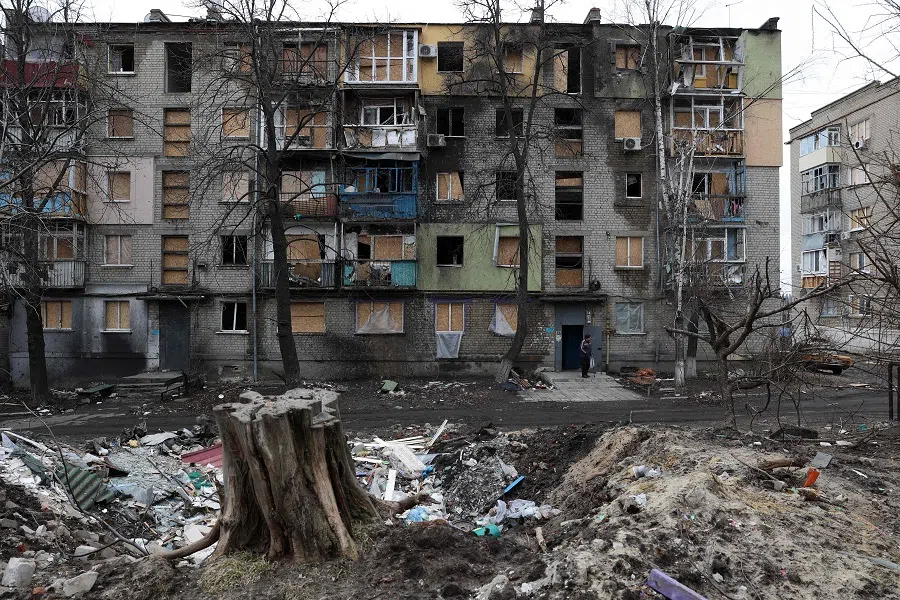
In his speech at the Indian Council for World Affairs in New Delhi, Prime Minister Kishida said there has been a massive change in the international balance of power which made maintaining global peace and order extremely important. On issues like Russia's invasion of Ukraine and Covid-19, he added that the global community expects cooperation and continuing efforts from India and Japan.
Besides the China challenge, India and Japan aim to intensify a new "Asian alliance" in defence, economy, technology and development and play an active role in global politics.
Particular emphasis on the Indo-Pacific
The late Japanese Prime Minister Shinzo Abe personally took the lead in strengthening ties with India by persuading New Delhi to adopt an "Indo-Pacific vision", especially when China has been promoting military activities in the Indo-Pacific region.
Taking it further, during Kishida's visit to India, a joint declaration for a "new era in Japan-India ties" was released titled "Japan and India Vision 2025 Special Strategic and Global Partnership Working Together for Peace and Prosperity of the Indo-Pacific Region and the World". Though the two prime ministers' statements did not directly reference China, the Indo-Pacific Vision's bottom line is to make joint efforts in dealing with a common challenge - China.
India has a long land border with China. With recent scuffles at the Line of Actual Control and the failure of the boundary talks, India sees Japan as a natural partner in building strategies for a rising China. Besides the China challenge, India and Japan aim to intensify a new "Asian alliance" in defence, economy, technology and development and play an active role in global politics.
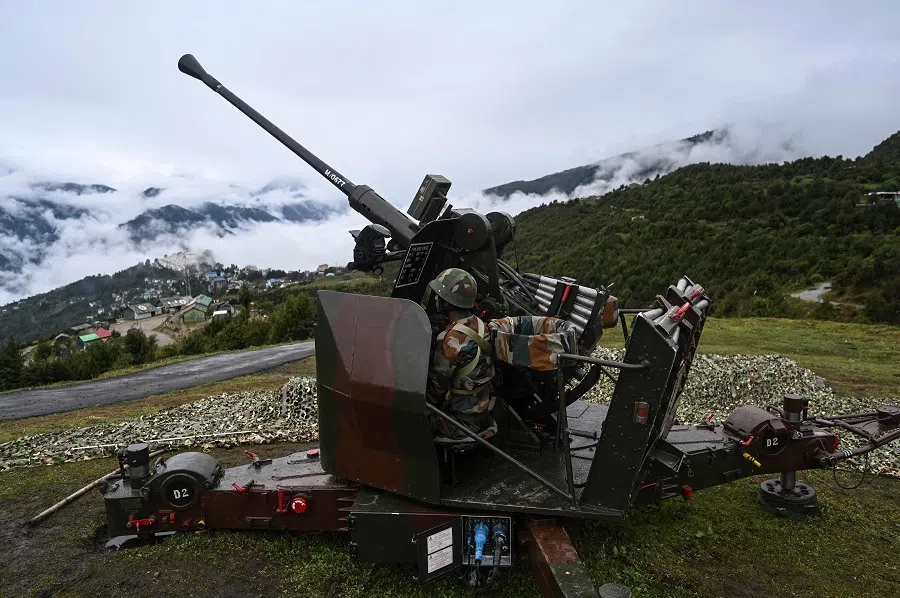
Prime Minister Abe launched the Free and Open Indo-Pacific Vision in 2016. Seven years later, India has shared the vision in many ways. It has been surprising to see how vocal Kishida has been in making the Indo-Pacific vision a cardinal value in Japan's engagement with India. Kishida has doubled Japan's defence expenditure, taken the lead in developing counter-missile capability and taken a leadership role within Asia on Ukraine by drawing parallels that any country in Asia may become the Ukraine of tomorrow. Japan was always seen as a passivist power, but with the Indo-Pacific, it has become a lexicon of active defence.
...the AAGC was founded on the tenets of transparency, openness, and inclusivity and is considered an addition to China's Belt and Road Initiative (BRI).
Focus on connectivity
In Delhi, Kishida also advocated a "multi-layered connectivity" in increasing cooperation options and achieving mutual economic and developmental goals. Along these lines, Japan aims to renew the comprehensive Japan-ASEAN Connectivity Initiative in December this year to promote "hard and soft connectivity".
India and Japan have been collaborating to improve their relationship in South Asia, particularly in the areas of connectivity, infrastructural development, and regional stability. The Asia-Africa Growth Corridor (AAGC), which aims to improve connectivity between Asia and Africa through infrastructure development, capacity building, and trade promotion, is one of the critical projects in this respect. Notably, the AAGC was founded on the tenets of transparency, openness, and inclusivity and is considered an addition to China's Belt and Road Initiative (BRI).

On his trip, Kishida added, "Northeast India, which is surrounded by land, still has unexploited economic potential. Viewing Bangladesh and other areas to the south as a single economic zone, we will promote the Bay of Bengal-Northeast India industrial value chain concept in cooperation with India and Bangladesh to foster the growth of the entire region."
Meanwhile, Japan needs to understand that a multi-layered connectivity infrastructure in the global south can only be financed by direct investment, and by strengthening international financial cooperation, in which India and Japan will have to work together.
Road ahead
Kishida has invited Modi to attend the G7 leaders' summit in Hiroshima in May this year. And in September, Kishida will again visit India to attend the G20 leaders' summit. With these frequent meetings, the two leaders will be able to discuss development issues and draw timely conclusions on challenges arising on the strategic front, including Ukraine.
Hence, Kishida's visit to India has initiated discussions and helped to find common ground to solve the problems of the global south. Notably, the two countries have played an important role in extending humanitarian support to Ukraine, a global south country.
But even as Japan-India cooperation grows, multi-actor cooperation in addressing the China challenge through active engagement in the Indo-Pacific will be necessary...
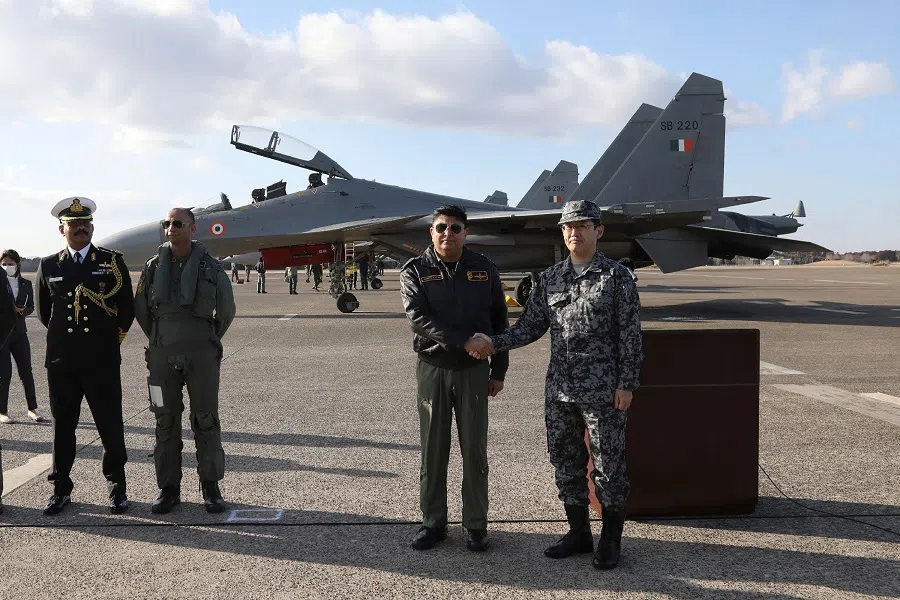
The two countries will continue to grow their cooperation on the defence front. But it will not be entirely defined by a China-centric approach due to their varying degree of interactions with Beijing. Bilateral trade and investments will continue to make headway. And if materialised, the Bay of Bengal-Northeast India industrial value chain concept will be a giant leap forward on the connectivity front in India's North-East.
But even as Japan-India cooperation grows, multi-actor cooperation in addressing the China challenge through active engagement in the Indo-Pacific will be necessary, and that's where the Indo-Pacific strategic framework involving the US, Australia, India and Japan, forming the Quad alliance, comes to the picture.
Interestingly, all Quad countries have strong trade ties with China; hence, not all Quad members will agree to everything that members raise or act in unison. The UN resolutions on Ukraine are one example in which India maintained strategic neutrality while the US, Japan and Australia strongly condemned Russian aggression in Ukraine.
Related: India's G20 presidency: Can China and India cooperate to create an 'Asian moment'? | With China's increasing assertiveness, India's active role in the Indian Ocean matters more than ever | Balancing China: Can Japan continue to be a reliable power in SEA after Abe? | The US-Japan-Philippines triad: Part of the US's trilateral security networks around China





